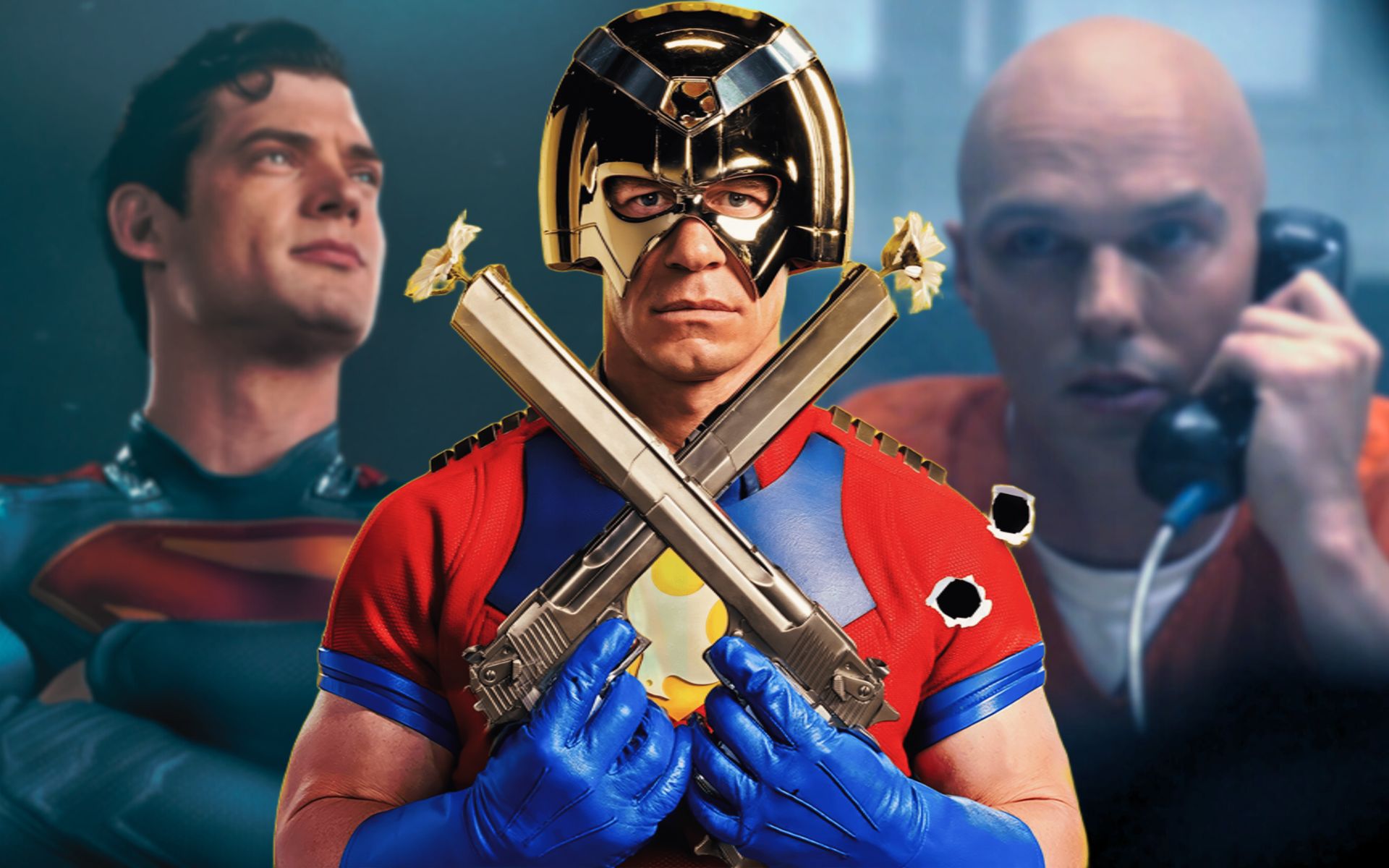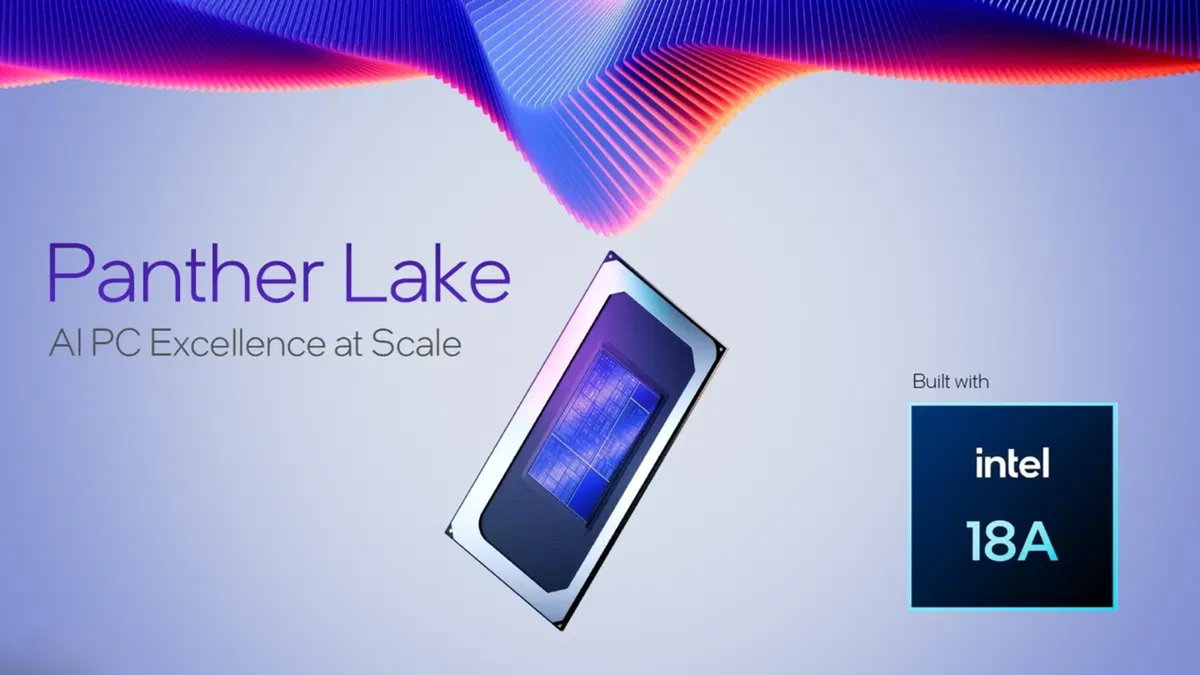As humanity prepares to return to the Moon this decade, studies and projects are emerging that are preparing the ground for a long-term stay in that environment. This project has come up with some interesting ideas. One of them is courtesy of The European Space Agency (ESA) and Legowho have united in an initiative that combines play with science.
The main proposal is to use moon dust for making bricks which will be used to build a habitat on Earth’s satellite. Incidentally, this plan is being spearheaded by Spaceship EAC, an ESA programme that brings together students and young professionals to tackle some of the biggest challenges facing the future of space exploration.
The ESA-Lego partnership began with the production of small bricks that look like the brand’s plastic parts. Preliminary tests used 3D printers. And to simulate lunar dust, they used regolith from a meteorite about 4.5 billion years old. As the space agency commented, these tests provide “a glimpse of what future construction on the moon might look like“.
What is the ESA and Lego joint initiative about?
Just like the Lego pieces that millions of children (and not only children) have used in their games, the aforementioned “space bricks” can be interlocked. As the ESA statement points out, this is a feature that will be fundamental to construction of habitable bases in space.
While the first batch of bricks used meteorite dust, the plan between ESA and Lego is that the raw material will be dust that is abundant on Earth’s moon. “EAC’s spacecraft teams are focused on resource usage on the spot live and work sustainably on the moon. These methods involve using materials that are already available (…) for construction, such as lunar dust or regolith, and extracting oxygen or metals from them. In this way, it is possible to avoid transporting supplies from Earth. This would take much longer and be much more expensive,” explain those responsible for the initiative.
On the other hand, in line with the various activities of EAC on the spacecraft, the aim of this project is to arouse curiosity in the young generation and shed light on innovative technologies. “It was fun and rewarding to understand the scientific limits of these methods.”– commented Aidan Cowley, ESA’s Head of Science. Hypertext spoke exclusively to the expert to find out more about this joint plan with Lego.
“ESA allows us to try new ideas,” Cowley says.
“Thanks to our innovative team, It’s good to have the freedom to “play” with new ideas.“See what works and what doesn’t,” Cowley tells the publication. The ESA official comments that “nobody has built a structure on the Moon yet.” And he adds that this is why “it’s fantastic to be able to try all kinds of designs and construction methods.”
How did the connection between ESA and Lego come about in this case?
During our research into different approaches to regolith printing, we decided to see how well we could produce small test pieces of a particular geometry. In this case, we also tried using a standard 2×4 Lego brick as a test mould. When we printed it, we thought it was amazing and approached our Lego network. They were also excited about the idea of building with bricks on the moon, and that’s where the conversation started.
The idea came a lot from testing different brick geometries. Once we printed the Lego figures and they started to fit together easily, we thought it would be a good idea to talk to (the company). See if they wanted to do some inspirational outreach for this idea.
Although science, including space science, often seems very formal, play also seems relevant. The connection between ESA and Lego demonstrates this. However, how important is it for your team to maintain a playful spirit when thinking about and implementing projects?
This is very important. At Spaceship EAC, we are an innovative team specialising in exploration and human spaceflight. We value freedom and the ability to ‘play’. ESA is very supportive of this and allows us to test these new ideas, which we can then pass on to other teams or our European partners to take forward.
Moving on to the more ‘formal’ aspect of the joint ESA-Lego project, you stressed the importance of using resources. on the spot. We know that transporting materials from Earth to space is very expensive. Can you share with us any specific information on this?
Although I don’t have the most recent data, historical costs to the Moon have often been in the $1.2 million per kilogram range. Newer estimates may have been presented. Even with significant cost reductions, as promised by future landers or reusable mission architectures, getting objects to the lunar surface will still be a mass and cost constraint.

So the more material you can find and use in If youbetter. For larger components, such as building infrastructure, surface protection components such as landing pads, it really makes sense to try to use as much local material as possible. Otherwise, hundreds of tons of inert material will be shipped. Also, consider that there are many valuable materials on the lunar surface that can be accessed and used. For example, extracting oxygen from the lunar regolith. Oxygen is important both for life support and as a component of rocket fuel.
We saw that ESA and Lego used regolith from a meteorite that is millions of years old in this regard. How did you come up with this idea? Isn’t it a valuable material that needs to be preserved?
Luckily, the Earth is constantly bombarded by meteorites. So we have a regular supply of extraterrestrial material. It is widely available and can be easily acquired for such scientific and engineering work.
Looking ahead, can we be sure that lunar dust will behave the same as a meteorite?
We have tested simulants of lunar dust and meteorite material. The behavior is generally similar. Therefore, we can confidently state that this process is relatively independent of the material used. This is provided that it has certain properties similar to those of the regolith, such as grain size, composition, etc.
Meteorite bricks are on display in stores

There is good news for the curious, as the joint ESA-Lego move is not confined to a closed lab. Instead, the European organization announced that bricks made from meteorite dust are now on display in selected stores. Those interested can find out more until September 20 at this link.
As we can see in the visuals provided by ESA, the pieces look like traditional Lego tiles. However, the space agency says they are “a little rougher and only come in one colour – an elegant space grey.”
However, the links between science and gaming are not necessarily surprising. In this sense, Emmett Fletcher, a member of the ESA, noted: “It is no secret that Real scientists and engineers sometimes test ideas using Lego bricks.“These cubes (…) are a great way to inspire young people and show that the power of imagination also plays an important role in space science.”
Source: Hiper Textual














